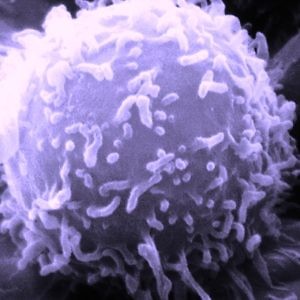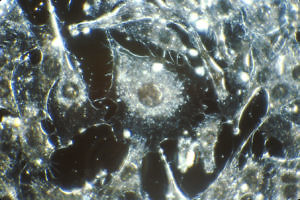Continuing our up and coming biotech series, we now switch our focus from small molecules to immuno-oncology.
While big Pharma has garnered the lion’s share of attention (and revenues) from checkpoint inhibitors and CAR-T cell therapies, if we want to make a serious impact on solid tumours, especially the colder ones, then we are going to need to devise ways of jumpstarting the immune system where there are far fewer immune cells around to help do this.
There are many ways to achieve this aim, although the count is still out on how best to optimise combinations.
We’ve looked at various approaches over the last couple of years including chemotherapy, immune agonists, cytokines, STING/PARP/TLRs, NK cell checkpoints, T and NK cell bispecifics, and many many more.
 Fortunately, most small biotechs have been focused on alternative targets that mght be seen as complementary to existing established therapeutics.
Fortunately, most small biotechs have been focused on alternative targets that mght be seen as complementary to existing established therapeutics.
As we move forward towards a more regimen-based approach some of these will succeed while many will not, such are the challenges of oncology R&D where 90% of compounds unfortunately fail.
One challenge that has long been obvious though is that once clinical proof of concept has been established, another 10 companies will wade in quickly and dust down old molecules lurking in screening libraries that have been languishing in darkness waiting for their call-up. In the old days, a lead time of 5+ years before a competitor caught up with a rival drug was not uncommon.
Increasingly, it now seems there are mere months rather than years between approvals in the same class, an astonishing feat in a highly competitive and cut-throat business driven by generic erosion, noticeable pipeline gaps and the urgent need for continued topline sales growth.
In today’s hot seat, we have a small biotech CEO discussing his company’s IO pipeline and progress…. they caught my attention at AACR last year and I’m delighted to have the opportunity to learn more about what they are doing and how they are different from the existing competition.
To learn more from our latest biotech CEO interview and get a heads up on our oncology insights, subscribers can log-in or you can click to gain access to BSB Premium Content.
This content is restricted to subscribers



 The Francis Crick Institute in London has an admirable program of engagement with the public and external researchers.
The Francis Crick Institute in London has an admirable program of engagement with the public and external researchers.


 Fortunately, most small biotechs have been focused on alternative targets that mght be seen as complementary to existing established therapeutics.
Fortunately, most small biotechs have been focused on alternative targets that mght be seen as complementary to existing established therapeutics.



